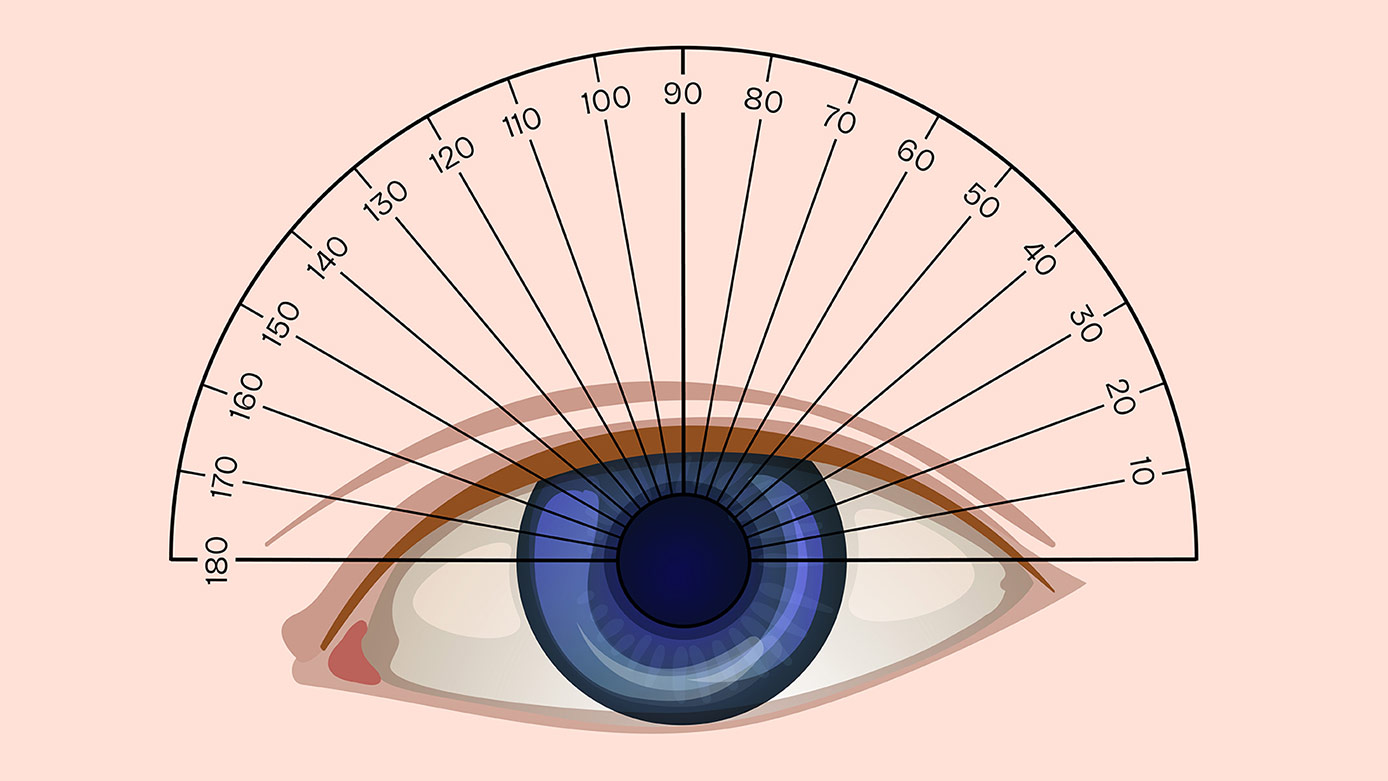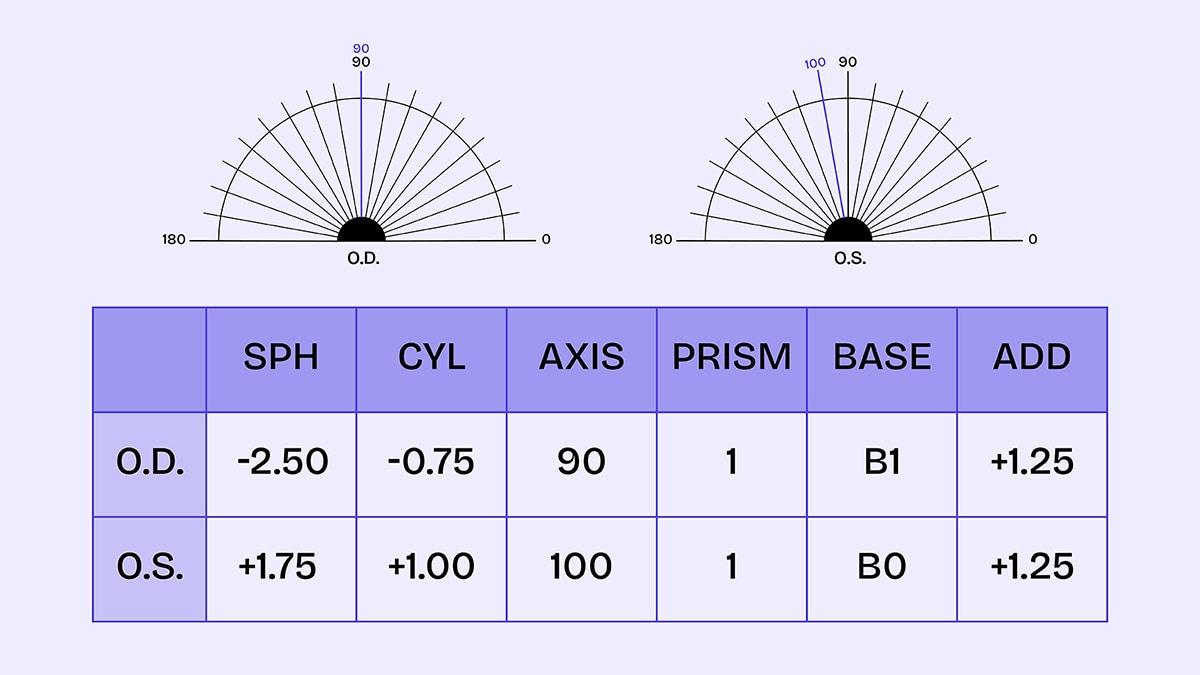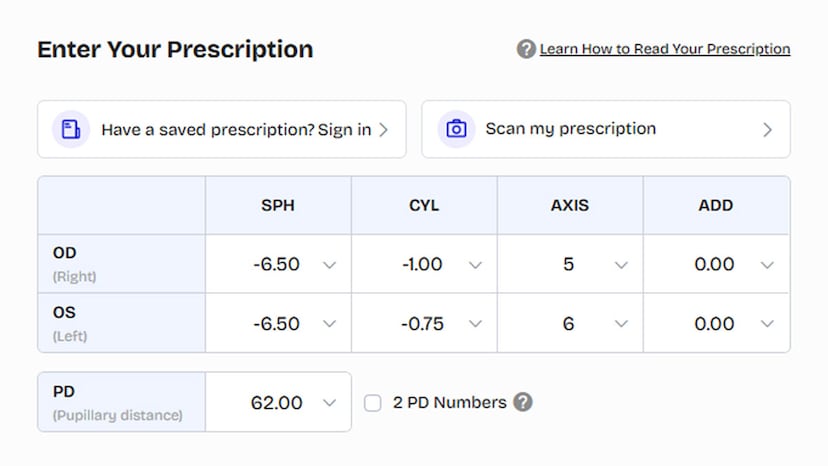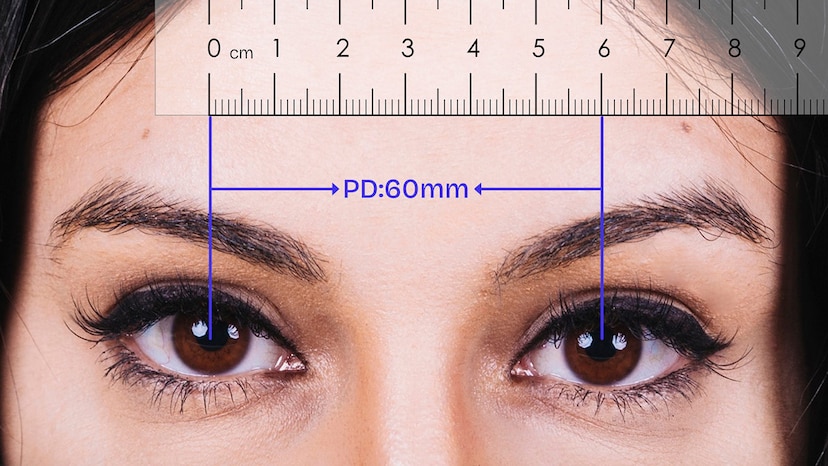Introduction
If you’ve ever looked at an eye prescription and felt confused by the jumble of letters and numbers, you are not alone. SPH, CYL, and PD are all confusing enough but one of the most misunderstood aspects is something called the “Axis.”
You may have noticed a number between 1 and 180 and asked yourself, “What does that even mean? It doesn’t appear to describe how strong your glasses are or how thick the lenses will be. So then, what in the world is this so-called Axis?

In this no-frills guide, we’ll explain it all. Whether you’re in the market for your first pair of women's glasses / men's glasses or just wondering what your eye doctor wrote down on your prescription, we’ll break down exactly what Axis on eye prescription means, and why it’s important for your vision. You stay with us for 3 minutes, you’re at least going to know a little bit about it.
Instant V and Eye Transparent Contact Lenses
So, what is the Axis? Simply put, the axis is a number (between 1° and 180°) that specifies the orientation of the astigmatism correction in your glasses.
If you have astigmatism, your eye prescription will have both a CYL (cylinder) value and also an axis value. The cylinder tells us how much astigmatism you have, while the axis indicates where the astigmatism occurs in your eye.

Imagine your eye is a perfect sphere but in astigmatism, it’s not. It’s more of a football shape than a basketball shape. That shape means that light focuses unevenly on the retina, resulting in blurry or distorted vision. The axis indicates which direction that “football shape” is tilted and how the lens needs to be oriented to correct it.
So in short:
CYL = the strength of correction necessary
Axis = correction angle / direction
It’s akin to refocusing a camera lens to clarify everything in the frame. If the angle’s wrong, even a bit, your vision can be off.
The Appearance of the Axis in a Prescription and When
One question many people have is, “Why doesn’t everybody have an axis number on their prescription?”
The axis only comes into play when the astigmatism is also present. Let’s explain.
If you have astigmatism, the clear front surface of your eye (the cornea) is uneven in shape. It’s not exactly round; it’s more curved in one direction than the other, like an oval. This means light is projected to several points in the eye, rather than converging to one sharp spot.
In order to fix this, your prescription should say:
CYL (Cylinder), amount of power required to correct an uneven curvature
Axis, a kind of point about which or direction for this correction
So if you don’t have a cylinder value in your prescription, you won’t have an axis number in your prescription either. No cylinder means you don’t need astigmatism correction, so no direction to worry about.
However, in the presence of Cylinder, Axis is key. If you don’t have this, your glasses won’t know how to correct your astigmatism the right way.
In short:
No Cylinder = No Axis
Astigmatism present = CYL + axis required.
How to Interpret Axis Values?
So now you know Axis and why it shows up; let’s understand what the actual number is doing.
The axis is always between 1° and 180°, and it tells the orientation of your astigmatism correction on a 180-degree circle (like a protractor).
Here’s a breakdown:
90° means the compensation is vertical (straight up and down).
180° means the correction is lateral (left or right).
45° or 135° indicates the correction in this case is diagonal.
It’s important to note:
The axis does not factor in how severe your astigmatism is, only its direction.
Let’s take a few examples:
CYL: -1.25, Axis: 90° → Your lens is correcting a vertical astigmatism.
CYL: -0.75, Axis: 180° → The correction has to be horizontal.
CYL: -2.00, Axis: 45° → Need 45° incline correction
The optician uses these measurements to grind the lenses to precisely the shape and curvature of your eye. This precision helps bend light correctly over onto your retina so that you can see clearly.
Is Axis Influential to Vision or Sensation?
Now you might ask, “If axis is just an angle, does it really matter that much?
The answer is a resolute yes. Axis doesn’t alter how your glasses look to anyone else, but it can have a profound impact on how you feel wearing them.
Inaccuracies at Axis errors as low as few degrees can lead to:
Blurred or distorted vision
Eye strain
Frequent headaches
Headaches or nausea (for some)
That’s due to the lens correction, which isn’t calibrated to the true shape of your cornea. It’s like trying to peer through a magnifying glass held at the wrong angle.
This is why it is so crucial to get an eye prescription done for you! Online vision tools and DIY apps often can’t accurately measure astigmatism. Always have a certified optometrist or ophthalmologist test and write the proper values.
If you notice your glasses feel “off,” don’t ignore it. It may be an axis problem, and having it double-checked could improve your visual comfort immensely.
FAQs:
Q1: Can my Axis number be changed?
Yes. As your eyes change shape or your astigmatism moves, your axis value can change too. This is why regular eye exams (minimum 1-2 years per exam) play an important role in keeping your prescription current.
Q2: What if the Axis is incorrect?
Even a slight deviation of the axis can cause your vision to become blurred or distorted. Your brain may find it difficult to adjust to the wrong correction, which could lead to eye fatigue or headaches. That’s also why minor tweaks make a significant difference in comfort and clarity.
Q3: Is it common for C to have the same for both eyes?
Not necessarily. The eye of each person has its own shape and curvature, so one eye could, for example, have an axis of 45°, and the other will be 160° in most cases. Each of them has a separate measurement and adjustment for every lens.
Q4: With Axis, can I wear non-prescription sunglasses?
If you need axis correction in your glasses, you have astigmatism, and you can’t wear non-prescription or generic reading glasses. You need glasses or contact lenses with the correct CYL and Axis values to see clearly. You can use custom prescription glasses designed to your specific needs.
Important Factors of Understanding Axis
Most people look at their prescription and hone in on the SPH (sphere) number and think that’s all there is. But in those with astigmatism, the axis is critical as well. Even with the best lenses, without the right axis, you may not have clarity of vision.
Knowing your prescription even a little can help you:
Purchase accurate glasses.
Communicate clearly with your eye doctor. Identify errors in prescriptions.
Feel more confident when buying eyewear online.
With tools like the ZEELOOL Eye Prescription Guide, filling in your Axis, CYL, and other values when ordering new glasses is a breeze. This helps make sure your lenses are made specifically to your vision needs. Numbers on a prescription need not intimidate you, least of all the Axis. It’s a small number but one that often dictates how clear and comfortable your view ends up being of the world.
Final Thoughts
The axis on an eye prescription might seem like a small detail, but it’s a crucial one. Together with the cylinder, the axis works alongside it if you suffer from astigmatism to allow you to have clear, sharp, and accurate vision.
In summary, the axis has a location telling the lens where it should correct the unequal curvature in your cornea. It is only observed when you are astigmatic (i.e., when you have CYL). Even slight errors in axis can cause glasses to feel uncomfortable or ineffective. Understanding your axis reduces the guesswork when selecting eyewear. Next time you read your prescription, you’ll know exactly what that number means, and why it matters. Your vision deserves to be understood.
And if you’re in the market for new specs, be sure to opt for high-quality, prescription-corrected lenses, such as those in our prescription glasses collection. Your eyes will thank you!




















